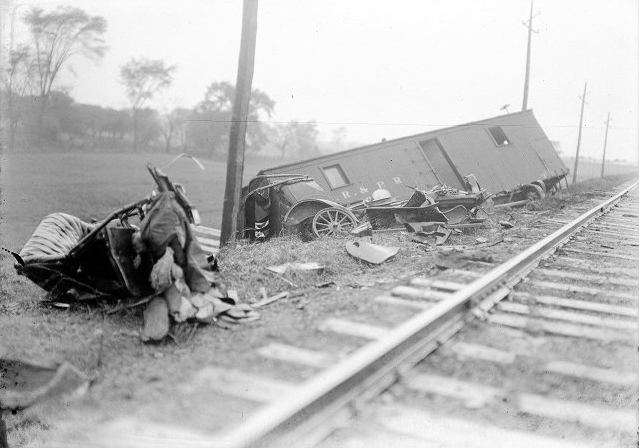 | ||
The Federal Employers' Liability Act (FELA), 45 U.S.C. § 51 et seq. (1908), is a United States federal law that protects and compensates railroaders injured on the job.
Contents
Background
In the years between 1889 and 1920, railroad use in the U.S. expanded six-fold. With this expansion, the dangers to the railroad worker increased.
President Benjamin Harrison addressed these dangers in a speech to the United States Congress in 1889, in which he compared the plight of the railroad worker to those of a soldier at war:
It is a reproach to our civilization that any class of American workmen, should in the pursuit of a necessary and useful vocation, be subjected to a peril of life and limb as great as that of a soldier in time of war.
In discussing the need for legislation to address the railroad worker's exposure to harm, U.S. Representative Henry D. Flood, a strong advocate for the passage of the FELA, referred to alarming statistics about the injuries and deaths associated with work on the railroad. 40 Congressional Record (1906).
To curb these dangers, Congress relied upon the experience of certain states which had already passed legislation similar to the FELA to support the proposition that the FELA would lead to increased safety on the railroad. Flood, in urging the U.S. House of Representatives to "follow the lead of those enlightened and progressive states." 490 Cong. Rec. 4607 (1906).
Adoption
The FELA Act enacted in 1906 was declared unconstitutional by the U.S. Supreme Court. The 1908 legislation passed by Congress, however, withstood tests.
Congress passed FELA in response to the high number of railroad deaths in the late 19th century and early 20th century. Under FELA, railroad workers who are not covered by regular workers’ compensation laws are able to sue companies over their injury claims. FELA allows monetary payouts for pain and suffering, decided by juries based on comparative negligence rather than pursuant to a pre-determined benefits schedule under workers' compensation.
FELA was not intended to be awarded automatically. Unlike State Workers' Compensation Law, FELA requires the injured railroader to prove that the railroad was "legally negligent," at least in part, in causing the injury. After proving negligence, the injured railroader is entitled to full compensation. Such compensation is usually many times greater than that provided by State Worker's Compensation for non-railroaders.
Attempts to revise
In the 44 years following the enactment of the FELA, 26 bills were introduced to replace the FELA with workers' compensation. Congress refused in each instance to make this change. These attempted revisions to the FELA have continued to the present, but have not been accepted by Congress.
Solvent lawsuits
Tens of millions of dollars have been paid by railroad companies to settle solvent lawsuits under FELA. Current or former railroad workers have claimed exposure to toxic solvents from the 1960s into the 1990s has caused mild to severe brain damage.
CSX, the largest railroad in the eastern United States, has acknowledged settling 466 solvent exposure claims and paying up to $35 million, though the company has continued to deny a link between solvent exposure and brain damage.
Medical experts estimate that thousands of workers may be suffering from toxic encephalopathy, but have been misdiagnosed due to the complexity of diagnosing the debilitating illness.
